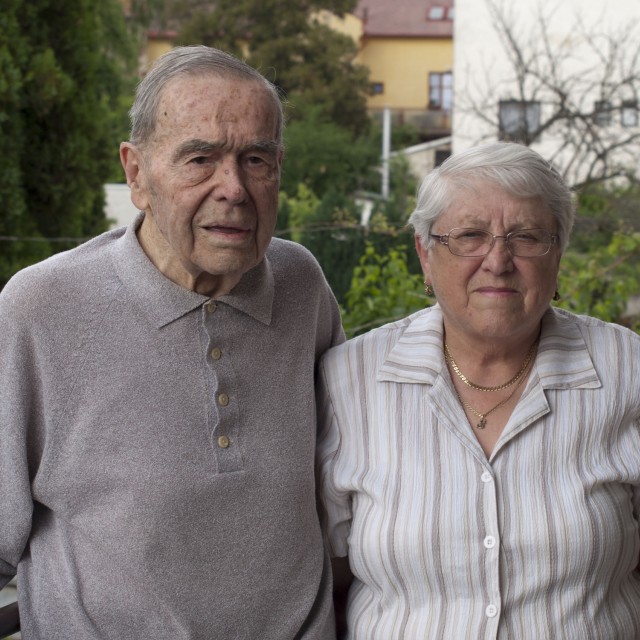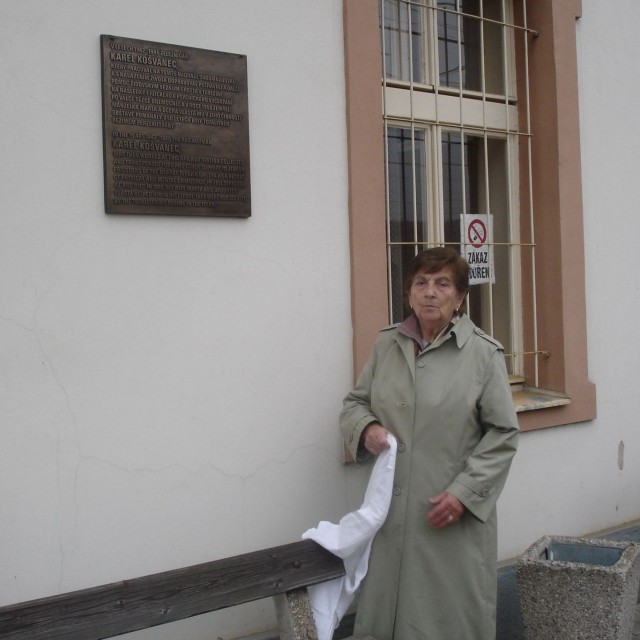The Last Goodbye to Prisoners
One morning, in the end of January 1943, the train station in Bohušovice was full of people. They were waiting on the platform and looking out for a procession of prisoners that were supposed to come from Terezín. They wanted to recognize the faces of their loved ones and wave them the last goodbye. More was not possible. There many of the people saw their loved ones for the very last time. The information that their relatives would be transported was given to them by a twelve-year-old schoolgirl from Bohušovice, named Taťána Bubníková. She recalls: “Once we were informed that prisoners would be transported. They were the members of Sokol from Roudince, Josef Praizler was among them. We knew that because the message also included the names of the transported. So my mum wrote messages, and because she had a hard time walking, she would catch unwanted attention, she gave me the letters and the addresses of the recipients. I then went to all of those families, rang their doorbells and gave them the letters.”
Hodnocení
Abyste mohli hodnotit musíte se přihlásit!
Strecken
Diese Geschichte ist in keiner Strecke.
Kommentare

Taťána Bubníková, née Kalinová
Taťána Bubníková, maiden name Kalinová, was born in 1931 in Prague; she grew up in Bohušovice nad Ohří. Her father was a tailor, her mother a couturier. The occupation found her in the primary school. As an eleven-year-old girl she used to go to Terezín with food for the transported and used to carry letters from there with information for the families of the transported. These illegal activities were practiced also by both her parents, especially her mother (in 1940 and 1943 she gave birth to two more boys!). In 1945, Taťána went to the business school in Litoměřice. As a daughter of a trader she had problems to find work. In 1953, she married Bohuslav Bubník. She moved to Mělník and started to work in the Vitana Company. After the maternity leave she entered the accountant position in a state farm. To get a kindergarten place for her two children, she signed the membership in the Czechoslovak Women’s Federation. In 1960, she started to work at the district agriculture authority in the financial department, and later in the school department. She never reached the leader position, due to the fact that she refused to enter the Czechoslovak Communist Party. She retired in 1986. After the Velvet Revolution, she and her husband joined the efforts to renew the activity of the physical training institution Sokol and she has remained active in it ever since.



